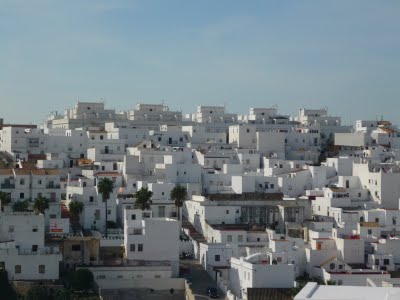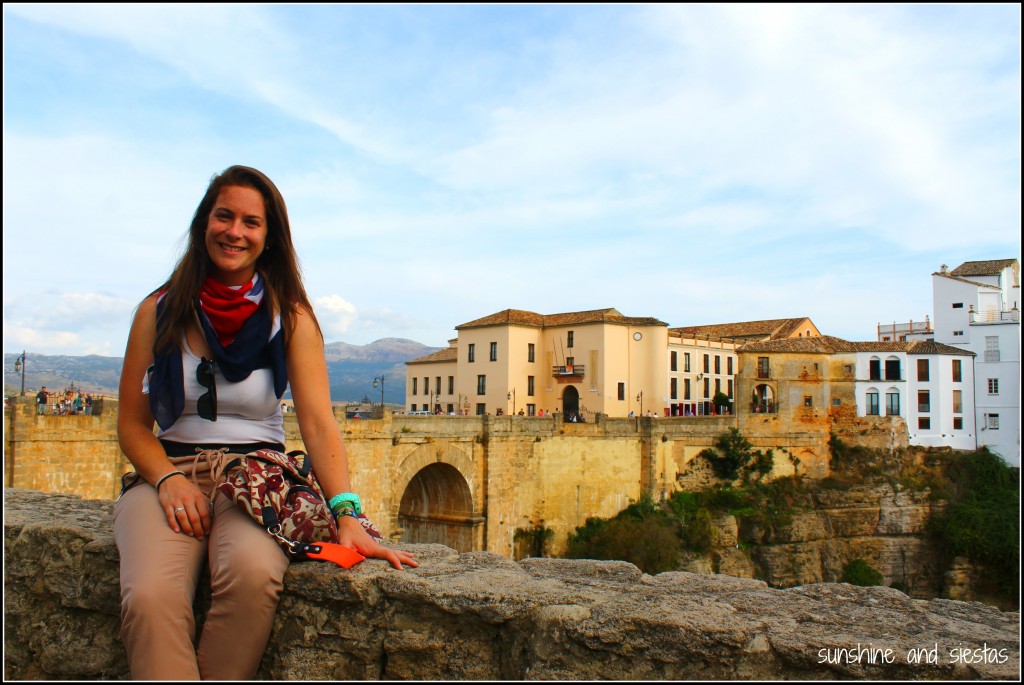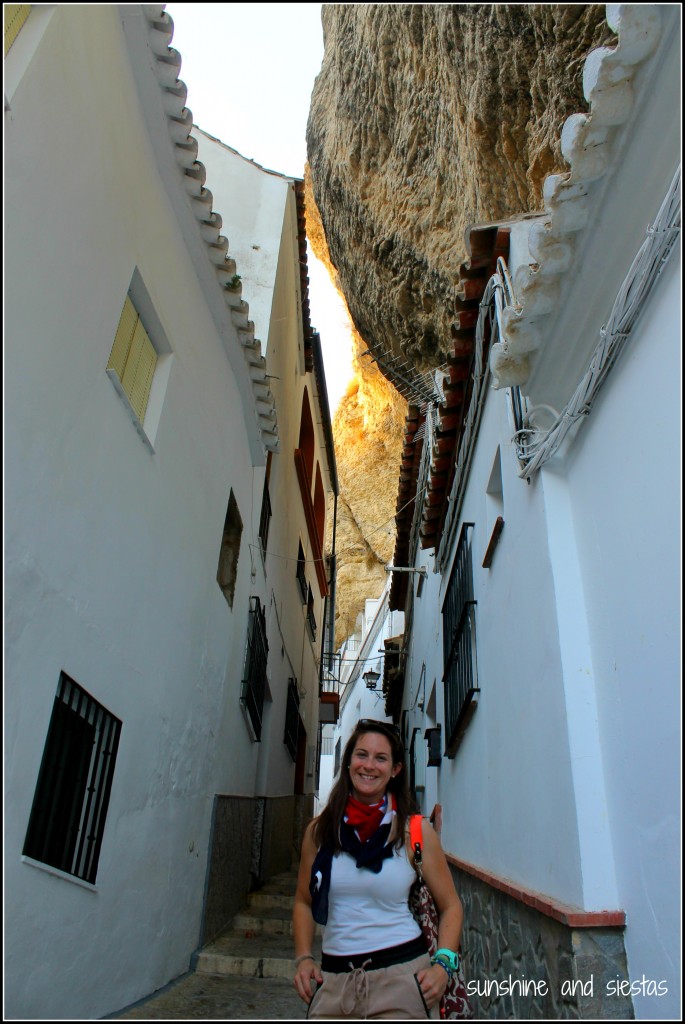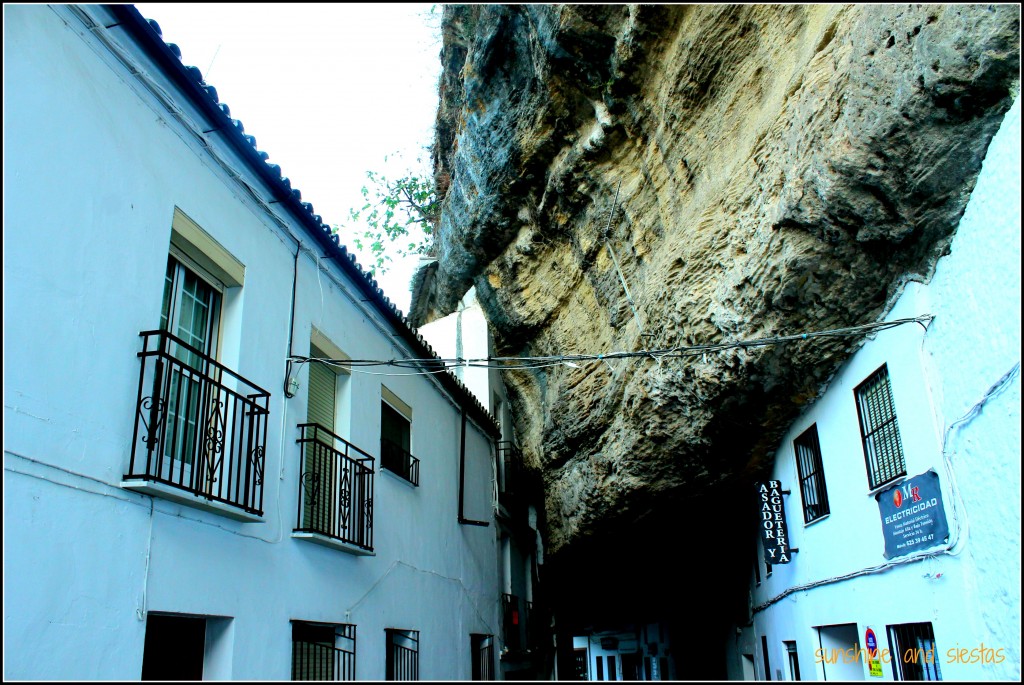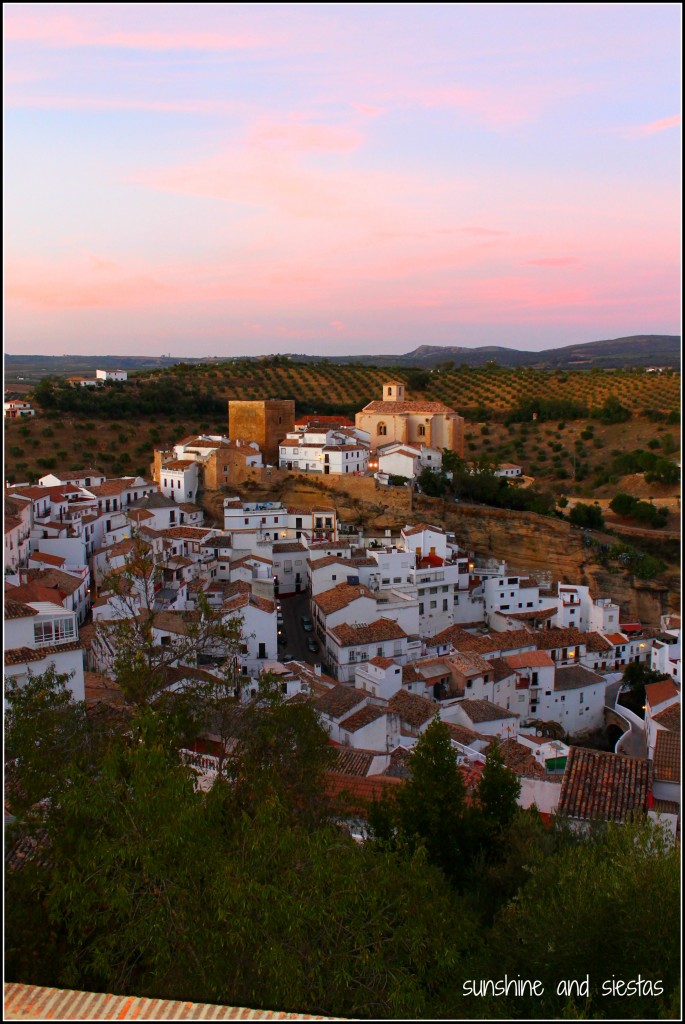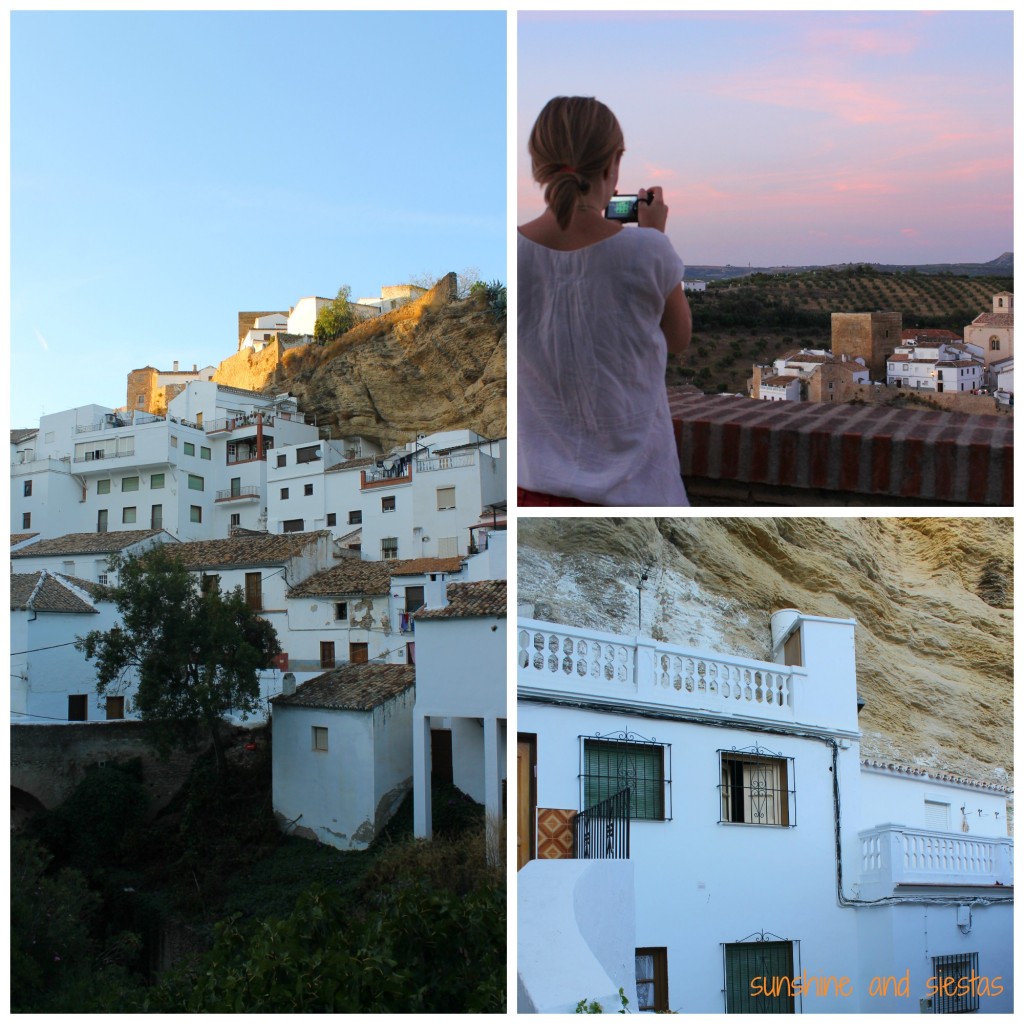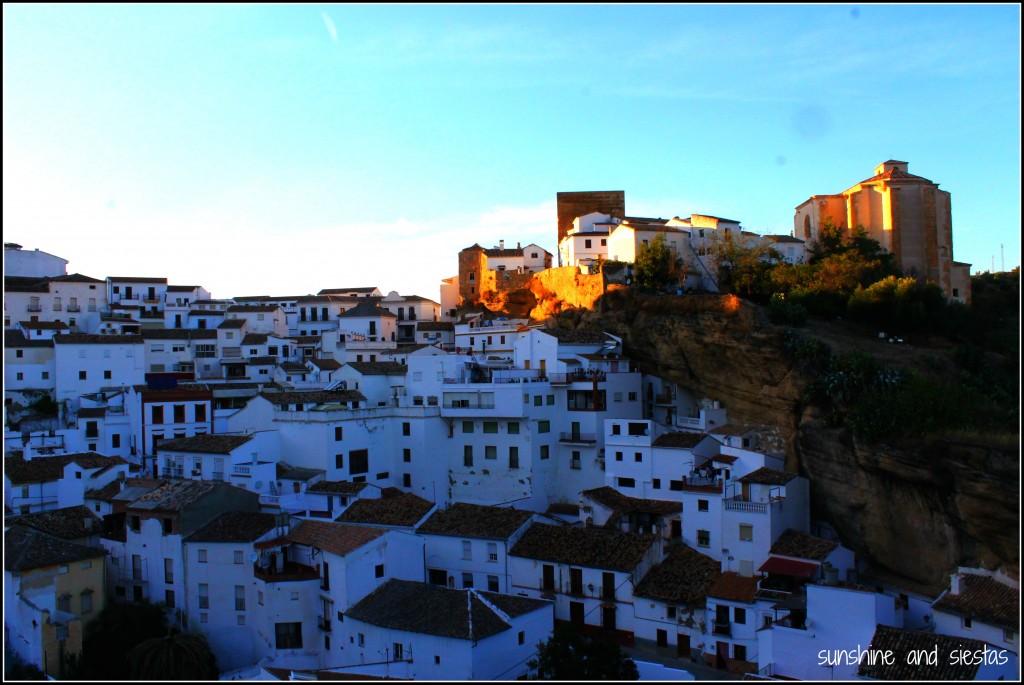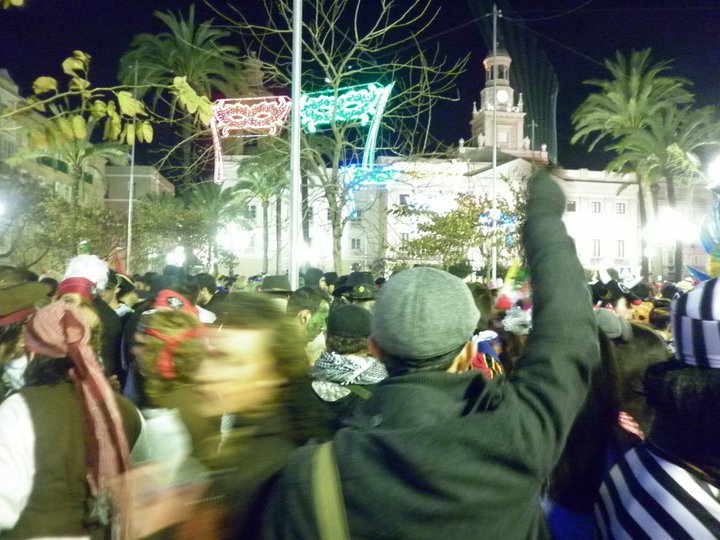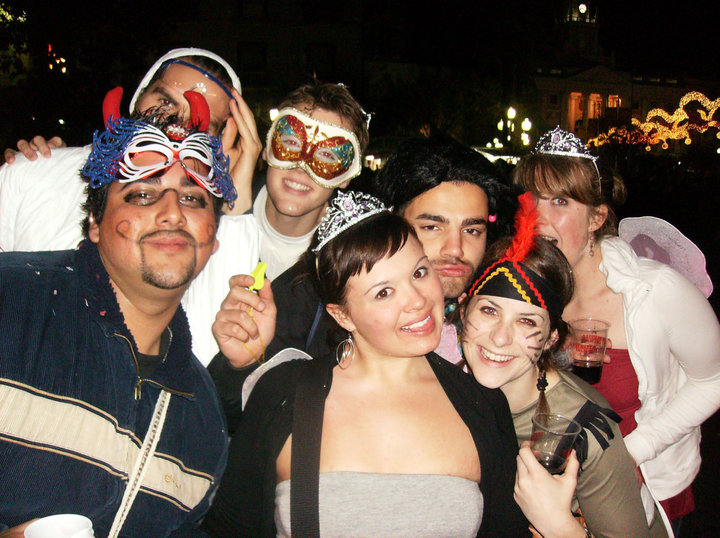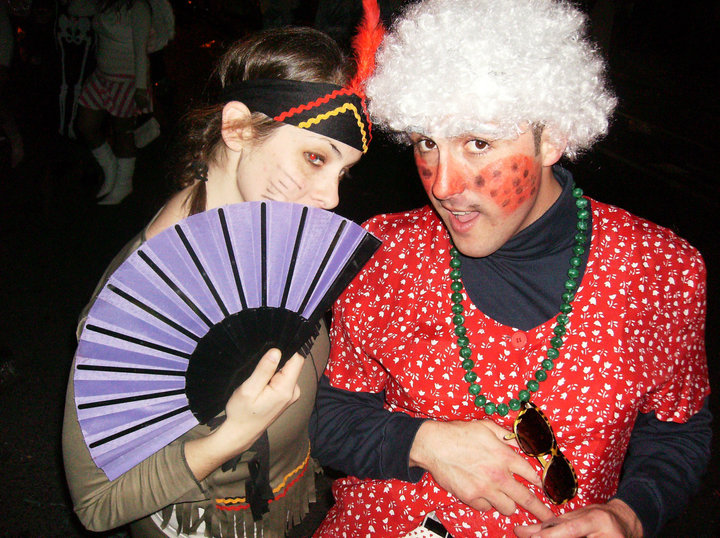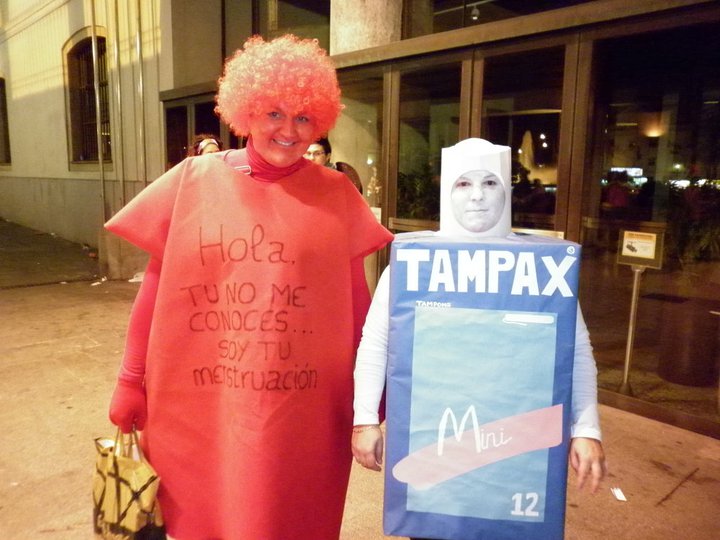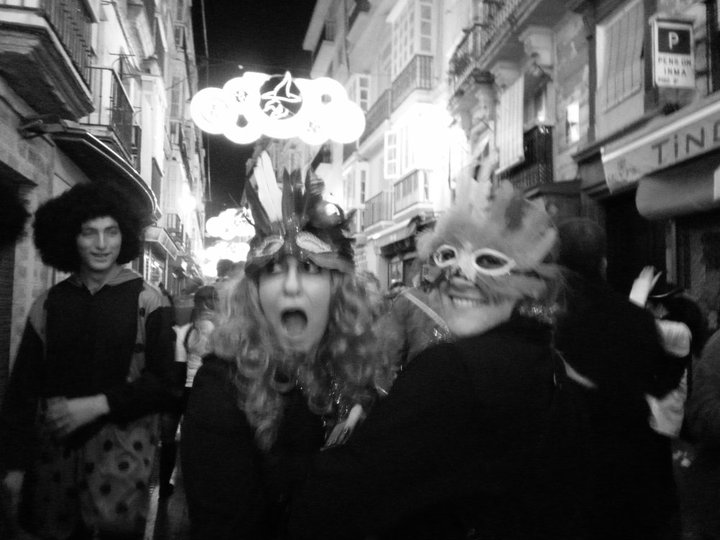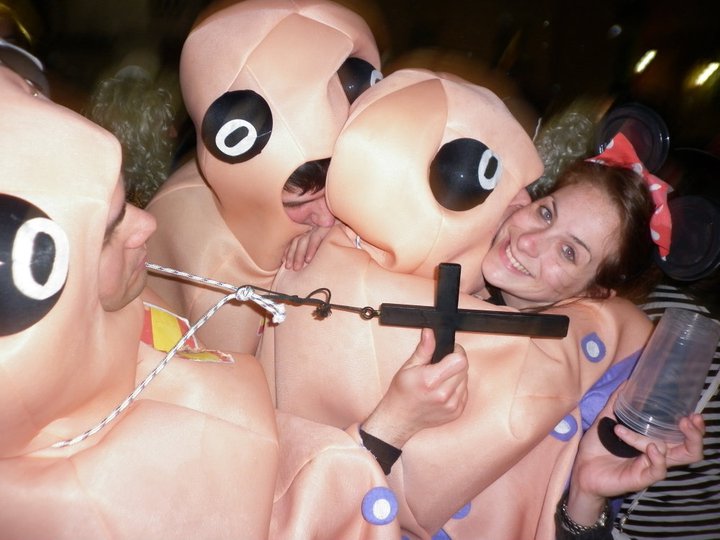The eternal question I get from my visitors is: Ooooh, where should we go on your days off? I’m not the type of person to sit still on the weekends so long as there is sunshine, half a tank of gas and someone to watch the ever-changing highway signs for me.
Tobes works in the travel industry, so when we went down the list of obvious choices (Granada? Nah, was just there. Portugal? Let’s skip it because of the holiday weekend.) Nothing really stuck out at us.
It was time to get Señor Google involved, and the page rank spoke: Pueblos Blancos.
The white villages, known as pueblos blancos, are a string of whitewashed villages perched on mountains and in valleys in the Cádiz and Málaga provinces. Many, like Ronda and Grazalema, are quite well-known. There are two dozen of them, and I can count the number of them I’ve been to on one hand.
Once she’d recovered from jet lag, we hopped into my car and drove south out-of-town. Once you hit Puerto Serrano, towns begin to pop up in the distance as small white blips on a mountain, reached by snaking roads over hills and through farmland.
In a last-minute decision, we stopped in Ronda for libations and to stretch our legs, and while we could have spent the entire afternoon callejando, I had been intrigued by a village I’d seen on Trover – Setenil de las Bodegas.
Believed to have been around since the Roman times, the river gorge on either side of the Trejo has been exploited for shops and homes that are built into the overhanging rock. The result is something that kind of twists your mind:
 Could you imagine going outside to see if it’s raining but come face to face with this rock?
Could you imagine going outside to see if it’s raining but come face to face with this rock?
Tobes and I arrived at the merienda hour, when people were beginning to wake up from a Sunday siesta and head to the streets. The road that leads into town immediately shoots you onto a one-way street that winds through homes and uphill. Seville is as flat as Illinois, so we had several small scares as I tried not to stall or roll down the hill.
I found a parking spot at the highest point in town, right next to the city’s main attraction:
Setenil has just over 3,000 residents, though very few of them actually have houses built into the rocks. Apart from this alleyway, calle Jabonería and calle de las Cuevas de la Sombra are the only evidence of that this village has a claim to fame. You can drive under some of the overhangs, but we found that people weren’t willing to corral their dogs or small children or move out of the street for you.
We did climb to Calle Cerrillo, home to the San Sebastian hermitage and the supposed place where Isabel I of Castille (the most badass women in Spanish history) gave birth to a stillborn child of the same name. The sun was setting behind the mountains, turning the gorges golden and the buildings a dreamy off-white.
For a town with a rich history (Romans! Arab fortresses! Catholic Kings!) that’s known for its gastronomy, we left pretty disappointed with Setenil. The town was shabby, the locals indifferent to visitors and I saw very little encanto.
The town is a mere 20 minutes from Ronda and 20 more from El Gastor, so don’t go too far out of your way to visit – hit Vejer, Olvera and Arcos de la Frontera instead.
Like small towns in Spain? Tell me about your favorites or read a bit more on ones I love: Garganta la Olla (Cáceres) // San Nicolás del Puerto (Sevilla) // Carmona (Sevilla) // Osuna (Sevilla)
